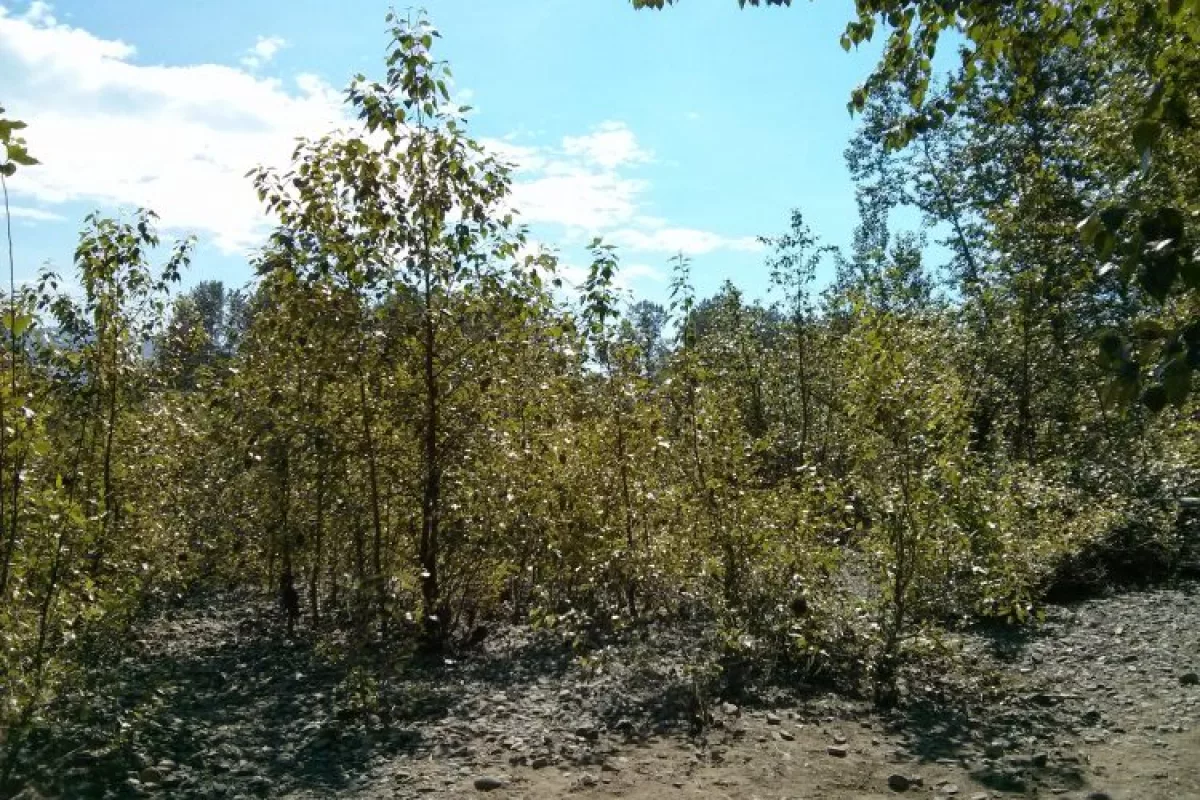Agricultural fertilizers typically contain phosphorous, as it's essential to growing plants. Unfortunately, though, it can become "locked" in the soil, and thus not available to crops. That said, it turns out that the addition of a microbe could unlock it.
When applied to crops as part of a fertilizer, phosphorous often reacts with minerals already in the soil, forming chemical complexes with them. These complexes can't be taken up by the plants' roots, so the phosphorous simply remains in the dirt.
In order to compensate for the problem, farmers will often apply excessive amounts of fertilizer to the fields. Not only is this expensive, but much of that fertilizer ends up running off into surrounding waterways, polluting them.
Led by Prof. Sharon Doty, scientists at the University of Washington previously discovered that root-dwelling microorganisms known as endophytes allow wild-growing trees to pull phosphorous from the soil. This is true even of trees growing in rocky soil alongside clear mountain-fed streams, where nutrients are in short supply.
In a more recent study – conducted in collaboration with the Pacific Northwest National Laboratory – the researchers gathered endophytes from the roots of wild poplar trees, and added them to soil in which phosphorous was locked within chemical complexes.
It was found that the microbes broke apart those complexes, making the phosphorous available to poplar seedlings that had been planted in the dirt. Further testing confirmed that the phosphorous had indeed been taken up by the plants, through their roots.
The scientists now hope that commercially grown endophytes could be mixed with the soil amongst young plants, or even used to coat seeds prior to planting. Not only could the microorganisms then keep freshly-applied phosphorous available to the crops, but they could also free up phosphorous that was already locked in the soil from previous growing seasons.
The endophyte strains used in the study have been licensed to California-based company Intrinsyx Bio, with an eye toward commercialization.
A paper on the research was recently published in the journal Frontiers in Plant Science.
Source: University of Washington




